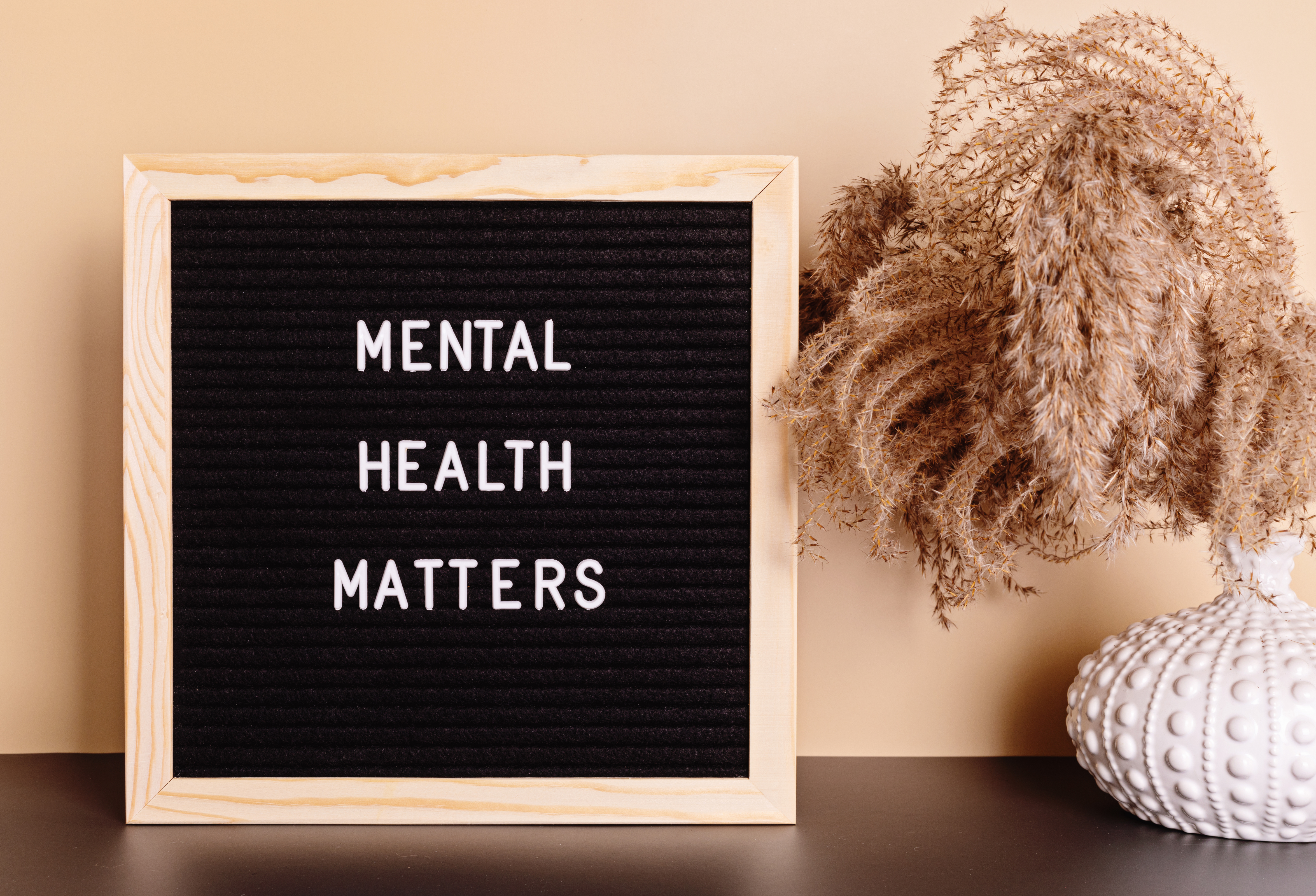Part 4 of our “lesser-known muscle groups” will talk about the Glute Medius and Glute Minimus.
Most of us are familiar with the gluteus maximus – it is one of the strongest muscles in the body when activated and an integral part of proper squat, deadlift, clean, jumping, etc. form. So where do the glute medius and minimus come into play? Single-leg movements that require stability are where they really shine. Think lunges, single-leg reaches, split squats, simply standing on one leg! This was touched on in our single-leg training blog post (HERE); remember that walking, running or going up and down the stairs are essentially single-leg exercises. Implementing exercises that train our stabilizers keep us safe and injury-free outside of the gym.
So how do these 2 muscles contribute to stability? When you’re doing a single-leg exercise, it’s important to try and keep the hips level and even. Not only does this help keep you stable and less likely to fall or lose balance, but it will as well help keep your hips level when standing, walking, sitting and simply going about your day-to-day life. Having uneven hips causes all sorts of problems, such as knee pain, hip pain and even shoulder and neck issues.
Picture B shows a lengthened and unflexed glute medius, while picture A shows one in flexion, keeping the hips stable and even. The glutes are as well considered a part of the core musculature, so if your goal is a stronger, more stable core, training these muscles is integral! Unfortunately, most of us have very weak activation in all of the glute muscles due to sitting for long periods of the day. When we first try to start training them, they can be sometimes difficult to feel or activate. Later this week we will discuss exercises that can be done to train these two important stabilizers, starting from the most basic and working towards more advanced.
Kat Whitfield
B.S., NASM-CPT



